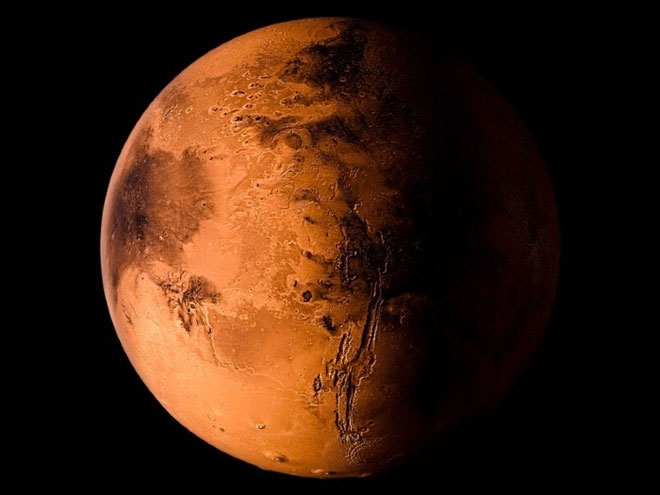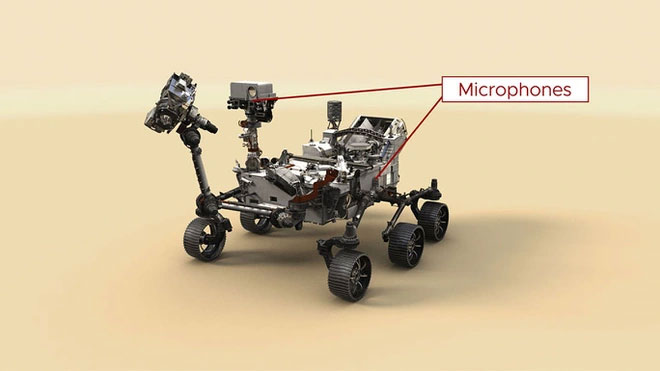The NASA Perseverance rover has captured authentic sounds lasting 5 hours on the surface of Mars.
On October 18, NASA’s Jet Propulsion Laboratory announced the first audio recording captured on Mars. This marks the first time humans have heard sounds from the Red Planet through a specialized microphone attached to the rover named Perseverance.

Humanity is making strides in the effort to explore the mysteries of the Red Planet.
Although the audio consists of a mix of indistinct sounds including wind, rustling, and the noise of the Perseverance rover in motion, scientists assert that this is an invaluable achievement.
Specifically, in research projects concerning the Red Planet, the sounds captured will provide significant value, NASA confirms. They help scientists learn more about the planet’s atmosphere, how sound travels through it, and may even reveal signals of life, if any exist.
“We have all seen stunning images taken from Mars, but it is only now that we have the first sounds,” said Dr. Lanza, a scientist at the Los Alamos National Laboratory (LANL) in New Mexico.
“It makes me feel as if I’m almost standing right on the surface of Mars. It’s amazing.”
However, it is unfortunate that, so far, there have been no signals, whether in images or sounds, indicating the presence of any living organisms on the Red Planet.

The microphone recording sounds is attached to the Perseverance rover. (Photo: NASA)
It is known that the Perseverance rover is equipped with two specialized microphones, provided by LANL and a consortium of French research laboratories under the auspices of the National Centre for Space Studies (CNES).
The positioning of the microphones—one high and one low—allows it to monitor the entire “micro disturbances” or minute changes in the atmosphere.
Scientists have even taken into account atmospheric pressure, density, and chemistry to simulate how sound from Earth might change on Mars.
Previously, they believed that due to Mars’ thinner atmosphere compared to Earth, it would be difficult to detect high-frequency sounds.
However, based on the recordings, scientists were pleasantly surprised that the specialized microphone could capture clear sounds from the tiny rotor blades of the Ingenuity helicopter, operating about 80 meters away on April 30.
This allowed them to eliminate 2 out of 3 models predicting how sound travels on Mars.
According to NASA, understanding the nature of sound on Mars could help scientists diagnose issues that arise with spacecraft as they land on a distant planet. This will enable them to better prepare for future visits to the Red Planet.


















































